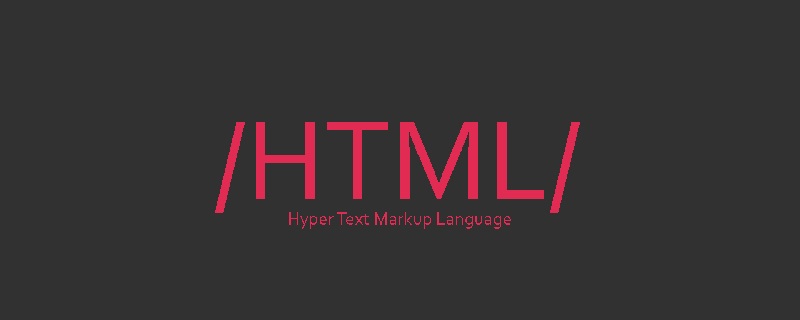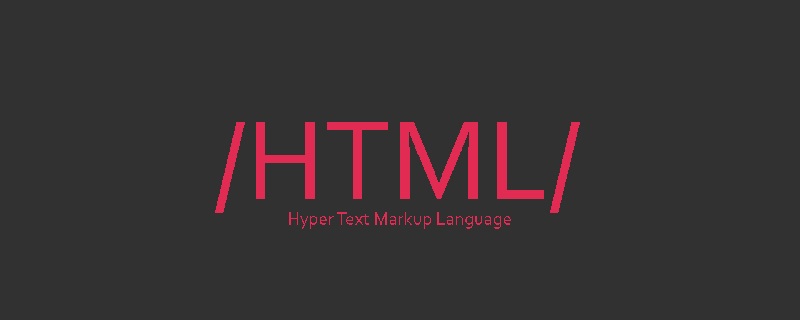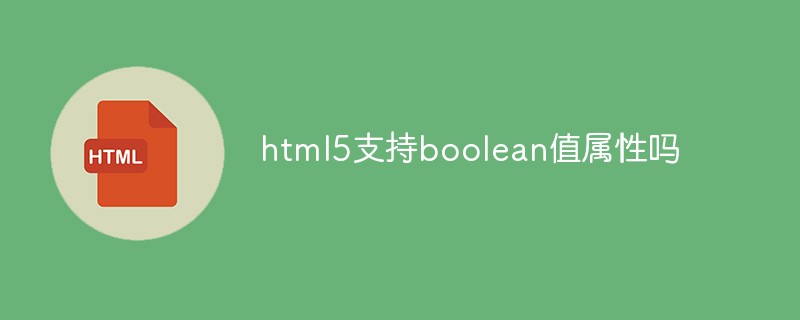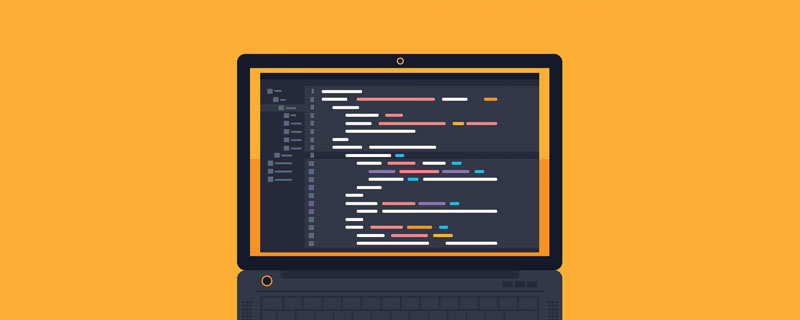 Web Front-end
Web Front-end HTML Tutorial
HTML Tutorial Novices learn old knowledge (3) HTML tutorial to make good use of hyperlink tags
Novices learn old knowledge (3) HTML tutorial to make good use of hyperlink tagsThe hyperlink mark represents a link point and is the abbreviation of English anchor. Its function is to connect the text or pictures at the current location to other pages, texts or images. This is well known, but its grammatical structure may be a little unknown, and to use it you must understand its grammatical structure. . The basic syntax structure of the tag is:
class=type
id=value
href=reference
name=value
rel=same|next|parent|previous
rev =value
target=window
style=value
title=title
onclick=function
onmouseout=function
onMouseOver=function>Connection
From tag syntax It can be seen from the structure that there are many parameters to choose from when setting a hyperlink to achieve different link effects. Is this a bit unexpected? !
Among them, the class and id options: used to set the type of the link point and the assigned ID number, which are usually not set. The two most commonly used parameters are href and name. href is the abbreviation of hypertext reference, which is used to set the link address. The link address must be a url address. If no specific path is given, the default path will be the same as the path of the current page. The files linked to are also divided into several situations: if it is an HTML file, it will be opened directly in the current browser; if it is an executable file (.exe file), it will be directly executed or downloaded. The file we provide for download is used. This feature is used; if it is a text file such as a word format file, the file can be opened in the browser and can be edited and processed.
rel: Indicates setting the link relationship: rel=same indicates that the file to be linked is the same as this file, rel=next indicates that the file to be linked is the next page, rel=parent indicates that this file is to be linked The parent file of the file, rel=previous means that the file to be linked is the previous page.
rev: used to set reverse links.
Target: Sets which window to link to when using a frame window, and target="_bank" means opening a new window to open the web page.
Title: used to set the title displayed when the link point is selected.
onclick: Corresponds to an event. When the link point is clicked, this event will be triggered and the corresponding subroutine will be executed.
onmouseover: Similar to onclick, the corresponding event is triggered when the mouse moves over the link point.
onmouseout: The corresponding event is triggered after the mouse moves out of the town contact.
A few examples:
Return to the homepage
Play the voice file
Execute the corresponding program
Open the corresponding document for processing
Application skills
1. Provide download files
Many netizens have written to ask how to provide the download effect. In fact, it is still a hyperlink, but the file for download must be uploaded to the website. For example: There is a "Web Page Skills" file package for download. The file name is "homepagejq.zip" and has been uploaded to the website. The code for this link can be written as follows: Click here to download the "Web Page Skills" file package.
2. Open the linked web page in a new window
Set the value of "target" to "_blank". Example: Open the web page "aboutme.htm" in a new window. The code that produces this effect is: About Me….
3. Move the mouse to the link and display a line of description text
Set the "title" parameter value to obtain this effect. Example: When the mouse moves over the link "Huangshan Villager", the description "This is a professional website introducing skills" is displayed. The code of this link is like this: Huangshan Villager.
4. Move the mouse to a link and a window will pop up
This is the effect obtained by setting the onmouseover parameter. Example: When the mouse moves over a link, a window pops up and displays "Mouse hover effect demonstration!" in the window. The code for this link is this: link. A similar method can be used to create the effect of a prompt window popping up when the mouse is pressed and a prompt window popping up when the mouse is left.
5. Link to the specified content of this page
To achieve a link to a certain part of the content of this page (that is, "jump within the file"), you must use the parameter name to specify the link point. The name. Select a piece of text and name it with the name parameter for linking. The so-called jump within the same file means that when a reader is reading a very long file, if he is only interested in a certain part of the content, he can use a jumping reading method. The basic format is:
The content of the first part of the second part...
........................ .............
The actual content of the second part......
............ ........................
In this way, when you click on the hyperlink "Part 2", It will automatically be transferred to the "Second Part Actual Content" place. The link point name defined by the "name" parameter can be chosen arbitrarily, but the link point name in the "href" parameter of the link must be consistent with it. Don't forget to add "#" in front.
6. Link to the designated content location of other pages
The method is similar to the above example, but the file name of the web page must be added before the link point name in the "href" parameter. Example: There are two web pages, page1.htm and page2.htm. Each page has two parts of content. Now we need to create a hyperlink in page1.htm. When the link is clicked, it will go to the second part of page2.htm. superior. Then we can do this. First, write this code at the beginning of the second part of page2.htm; write such a link code in page1.htm: the second part of page2.
7. Link to E_mail
After clicking a hyperlink, the email management software on the client computer will be launched to write you a letter. Take this line of code: Please write to me. Once you click on the link "Please write to me", the writing function of the email management software (such as OE) will be automatically launched, and the email address will be added to the address bar of the recipient.
Links can not only use text as a carrier, but also images as a carrier, and can also use a certain part of the picture as a carrier, and can achieve the above effects. The method is also the same, the only difference is the carrier, and It’s the part between the two square brackets of the link, so I won’t give another example.
The above is the content of novices learning old knowledge (3) HTML tutorial on making good use of hyperlink tags. For more related content, please pay attention to the PHP Chinese website (www.php.cn)!
 HTML超文本标记语言--超在那里?(文档分析)Aug 02, 2022 pm 06:04 PM
HTML超文本标记语言--超在那里?(文档分析)Aug 02, 2022 pm 06:04 PM本篇文章带大家了解一下HTML(超文本标记语言),介绍一下HTML的本质,HTML文档的结构、HTML文档的基本标签和图像标签、列表、表格标签、媒体元素、表单,希望对大家有所帮助!
 html和css算编程语言吗Sep 21, 2022 pm 04:09 PM
html和css算编程语言吗Sep 21, 2022 pm 04:09 PM不算。html是一种用来告知浏览器如何组织页面的标记语言,而CSS是一种用来表现HTML或XML等文件样式的样式设计语言;html和css不具备很强的逻辑性和流程控制功能,缺乏灵活性,且html和css不能按照人类的设计对一件工作进行重复的循环,直至得到让人类满意的答案。
 web前端笔试题库之HTML篇Apr 21, 2022 am 11:56 AM
web前端笔试题库之HTML篇Apr 21, 2022 am 11:56 AM总结了一些web前端面试(笔试)题分享给大家,本篇文章就先给大家分享HTML部分的笔试题(附答案),大家可以自己做做,看看能答对几个!
 HTML5中画布标签是什么May 18, 2022 pm 04:55 PM
HTML5中画布标签是什么May 18, 2022 pm 04:55 PMHTML5中画布标签是“<canvas>”。canvas标签用于图形的绘制,它只是一个矩形的图形容器,绘制图形必须通过脚本(通常是JavaScript)来完成;开发者可利用多种js方法来在canvas中绘制路径、盒、圆、字符以及添加图像等。
 html5废弃了哪个列表标签Jun 01, 2022 pm 06:32 PM
html5废弃了哪个列表标签Jun 01, 2022 pm 06:32 PMhtml5废弃了dir列表标签。dir标签被用来定义目录列表,一般和li标签配合使用,在dir标签对中通过li标签来设置列表项,语法“<dir><li>列表项值</li>...</dir>”。HTML5已经不支持dir,可使用ul标签取代。
 html中document是什么Jun 17, 2022 pm 04:18 PM
html中document是什么Jun 17, 2022 pm 04:18 PM在html中,document是文档对象的意思,代表浏览器窗口的文档;document对象是window对象的子对象,所以可通过“window.document”属性对其进行访问,每个载入浏览器的HTML文档都会成为Document对象。
 html5支持boolean值属性吗Apr 22, 2022 pm 04:56 PM
html5支持boolean值属性吗Apr 22, 2022 pm 04:56 PMhtml5支持boolean值属性;boolean值属性指是属性值为true或者false的属性,如input元素中的disabled属性,不使用该属性表示值为flase,不禁用元素,使用该属性可以不设置属性值表示值为true,禁用元素。


Hot AI Tools

Undresser.AI Undress
AI-powered app for creating realistic nude photos

AI Clothes Remover
Online AI tool for removing clothes from photos.

Undress AI Tool
Undress images for free

Clothoff.io
AI clothes remover

AI Hentai Generator
Generate AI Hentai for free.

Hot Article

Hot Tools

mPDF
mPDF is a PHP library that can generate PDF files from UTF-8 encoded HTML. The original author, Ian Back, wrote mPDF to output PDF files "on the fly" from his website and handle different languages. It is slower than original scripts like HTML2FPDF and produces larger files when using Unicode fonts, but supports CSS styles etc. and has a lot of enhancements. Supports almost all languages, including RTL (Arabic and Hebrew) and CJK (Chinese, Japanese and Korean). Supports nested block-level elements (such as P, DIV),

SublimeText3 Linux new version
SublimeText3 Linux latest version

Notepad++7.3.1
Easy-to-use and free code editor

PhpStorm Mac version
The latest (2018.2.1) professional PHP integrated development tool

Dreamweaver CS6
Visual web development tools






